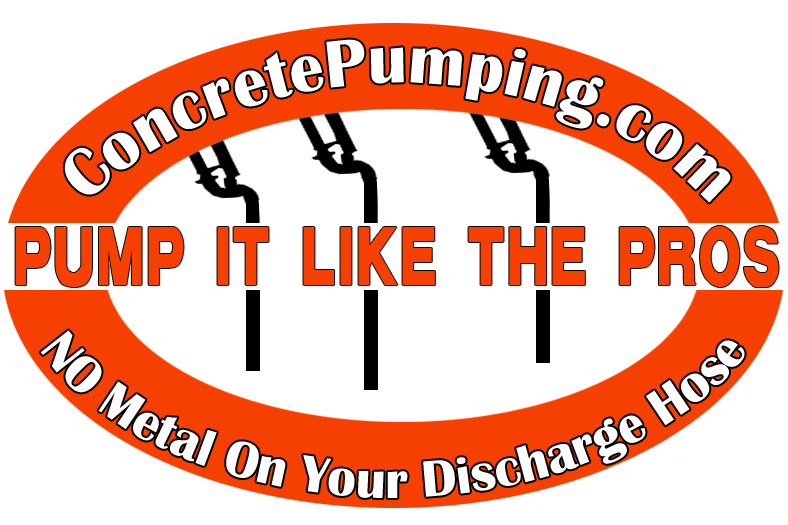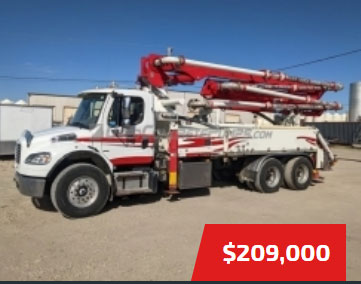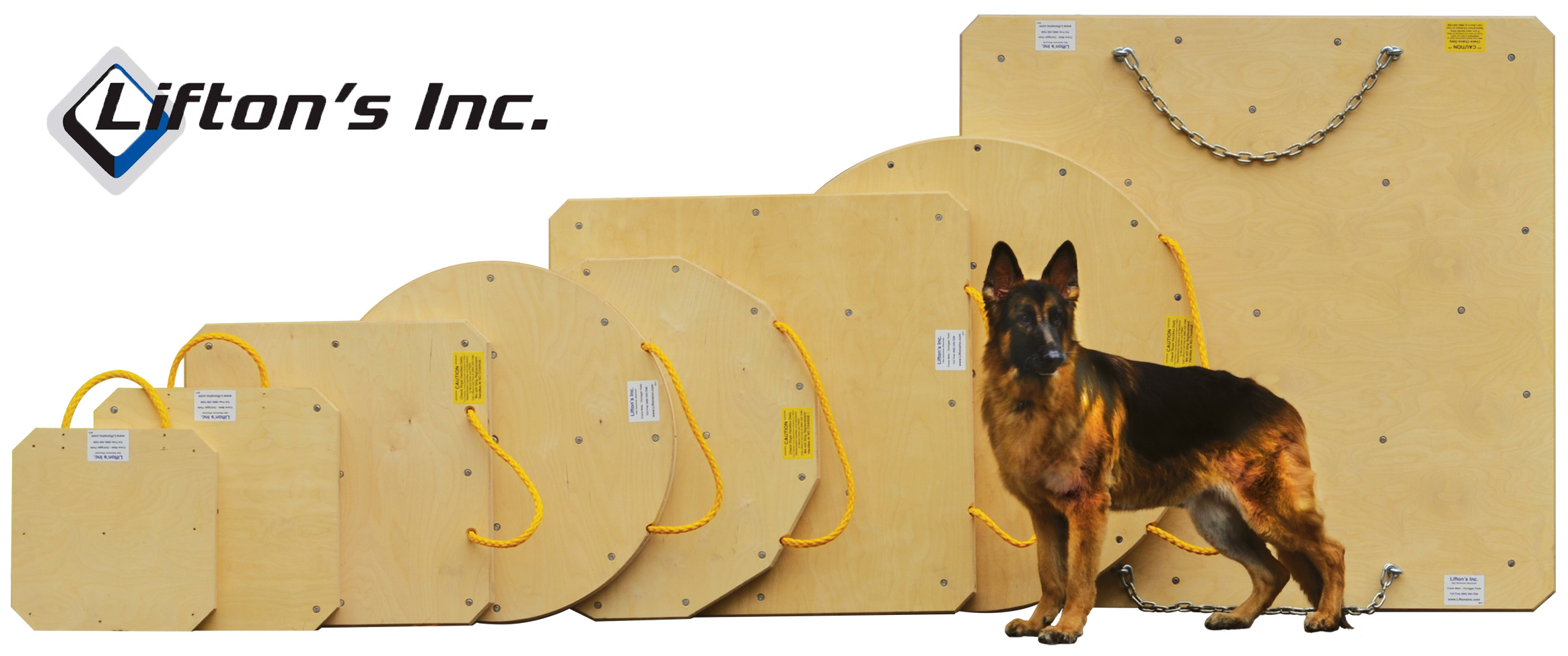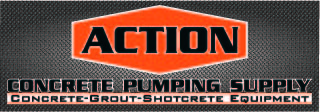| Todd | 06-19-2014 | comment profile send pm notify |
HOSE HAZARD!There are two types of hoses commonly used in concrete pumping: Concrete Delivery Hoses (usually referred to as Double-Ended Hoses), and End Hoses. A concrete delivery hose has a connector on both ends of the hose, while an end hose has a connector on only one end, as shown below. Concrete hoses hanging from a boom can be a significant hazard to those around the hose if the hose whips. A concrete hose filled with concrete weighs up to 376 pounds. During a hose-whipping event, the hose can go from hanging vertically to shooting horizontally in a fraction of a second – the velocity depending on how compressed the air inside the hose has become before it’s released. A hose-whipping event can be seen here: http://www.youtube.com/watch?v=Gpp5kAYVHFs A concrete delivery hose weighs more than an end hose, and has a mass of steel with square corners at the end, which magnifies the hazard. If there are any other devices attached to the second connector, such as a double-S elbow, the hazard multiplies again. This article deals with the increased hazard of using double-ended hoses suspended from the boom. Hose-whipping event causes and remedial measures are documented in an ACPA safety bulletin, titled Hose-Whipping, which can be downloaded from their website at www.concretepumpers.com. Concrete delivery hoses are necessary for connecting boom pipe to separately–laid pipeline is not allowed. See Figure 2 at top of next page. In the situation illustrated, the pipeline is removed piece by piece as the job progresses. When the last piece of pipe is removed and the boom can reach the rest of the pour, the hazard becomes present, as shown in Figure 3 on next page. Allowing personnel to work next to an unprotected concrete delivery hose during pumping is not recommended. There are options that can be exercised to minimize the effects of a hose-whip in this situation:
It must be noted that using an end-hose instead of a concrete delivery hose is NOT a safeguard against hose-whipping events. Hose whippings, even without a connector, can be, and have been, deadly. All steps must be taken to be sure the personnel on the job-site are familiar with the causes of hose-whipping events and the preventative measures that can be taken to reduce the chance of injuries. Some vendors offer end hoses that have some protection against hose-whipping built into the design. Again, the strap-on anti-whip devices can be used with any suspended hose. The American Concrete Pumping Association warns AGAINST using attachments on the end of a concrete delivery hose suspended from the boom. Double-S bends (shown in Figure 4 below) and ‘ram’s horn’ devices, which are sometimes mandated by the Department of Transportation of certain states to reduce entrained air loss, are known to be hazardous to people standing near the hose. The air loss that occurs with rapidly falling concrete can be prevented using other methods, making the hazard unnecessary. The use of these devices must be avoided. If you are asked to install one of these dangerous devices, try explaining the hazard to the person making the request. You can keep the concrete from free-falling in other ways:
If you’re using one of these methods to reduce loss of air entrainment, ask the job superintendant to take the air readings at the point of discharge instead of the hopper; the hazardous devices may not be mandated if the air loss isn’t happening.
http://cfawalls.org/concretefacts/2010/12/12/hose-hazard/#respond |
||
| Todd | 06-19-2014 | reply profile send pm notify |
|
Nice |
||





















.jpg)
.gif)

.jpg)









.jpg)








